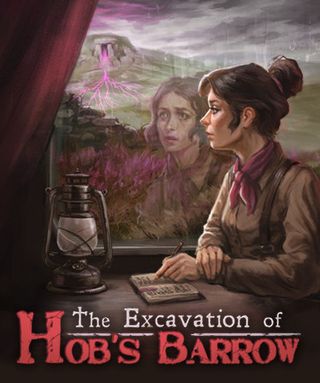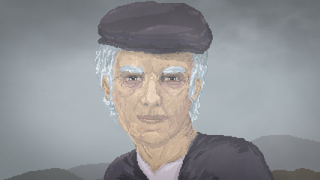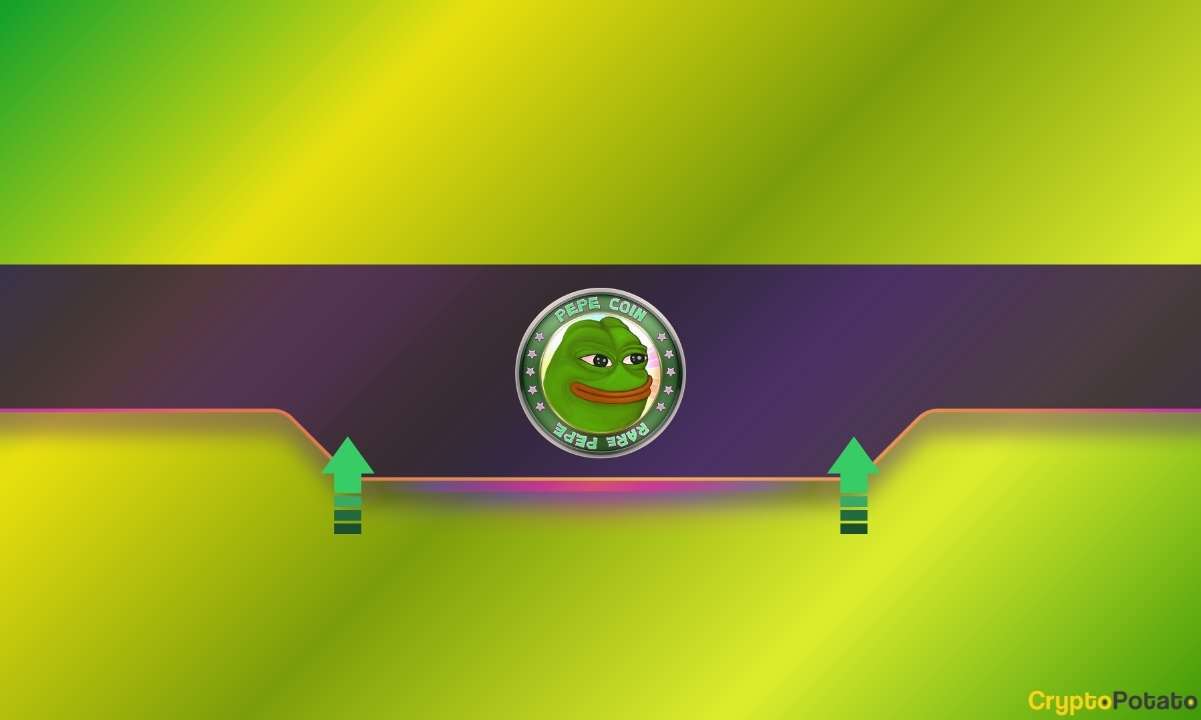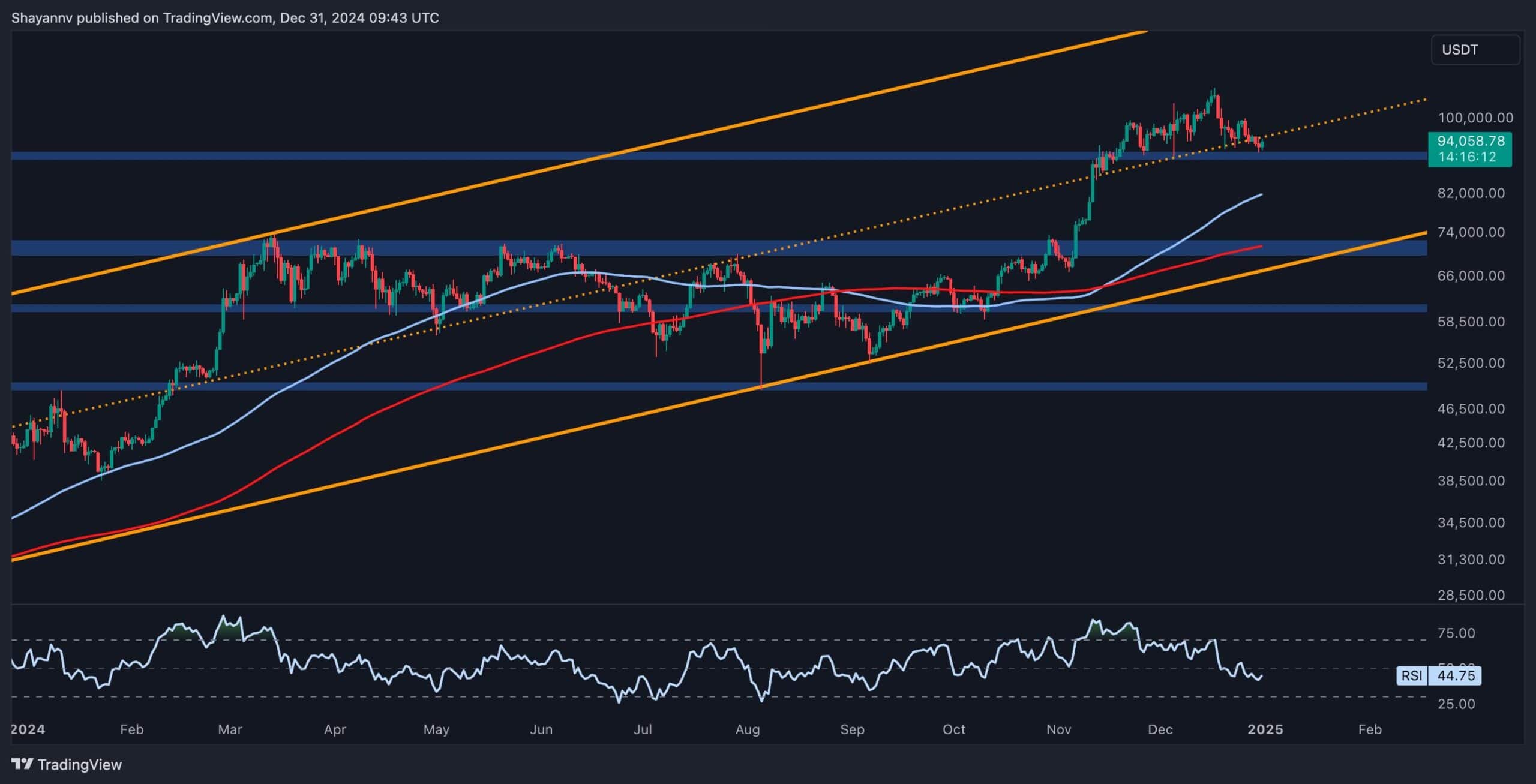Great moments in PC gaming are bite-sized celebrations of some of our favorite gaming memories.
The Excavation of Hob's Barrow

Developer: Cloak and Dagger
Year: 20122
The Excavation of Hob's Barrow isn't the scariest horror game I've ever played, but it might be the most disarming. The most powerful tool in its arsenal is its close-ups—moments where the classic retro point-and-click adventure look is set aside for detailed and disturbing pixel art scenes.
The game is pure folk horror in a way you don't often see in this medium. The quiet rural village that Victorian academic Thomasina arrives in sits comfortably alongside the likes of The Wicker Man's Summerisle—a seemingly simple and unassuming community that hides a deep undercurrent of darkness behind an idyllic veneer. At times, the setting is almost cosy, lulling you into a false sense of security, before another grisly discovery makes it all the clearer that something is amiss.
That feeling of the sinister hiding in pastoral plain sight is core to the genre, but Hob's Barrow takes it a step further. The structure of the game itself pulls the same trick. On the one hand, it's a throwback to a peaceful style of play. The old-fashioned graphics are unassuming and cosy, and progressing through the story is more often than not down to solving little item-based puzzles. Like an isolated rural community being visited by a hapless city-slicker, it seems to hark back to a simpler and more innocent time.
But when developer Cloak and Dagger wants to cut through the idyll and reveal some of the darkness beneath, it enacts a deliberately jarring shift to a different art style—one still recognisably part of the same pixel art lineage, but more uncanny and disturbing. The things it actually shows you often aren't necessarily grisly—sometimes it's just a raggedy old cat, or a person's face—but there's a stark ugliness to them.
They're not quite jumpscares, but they certainly jolt you out of any sense of comfort or safety, before dropping you unceremoniously back into the point-and-click perspective, often looking at a softer and more harmless-looking version of the person or thing that was just zoomed in on. Like all good horror, it creates space for your own imagination to fill in the gaps.

Sometimes you catch yourself meeting a new character or stumbling upon a strange scene and imagining how they would look in close-up. Faces you mentally filled in as being friendly and normal you start to picture as grotesque instead, and the whole game world takes on a feeling of hiding a darker layer of reality.
It's a remarkably effective technique, and one that plays with both our assumptions as players and the history of the genre. I was delighted to see Skald: Against the Black Priory attempt something similar, conjuring a Lovecraftian atmosphere by contrasting a simple top-down RPG aesthetic with grotesque pixel art of its monstrous enemies. What a brilliant way of evoking the sense of probing at Things Man Was Not Meant to Know.
This kind of layered playing with genre and format is so wonderfully unique to games. Never will another medium make me this unsettled with just an animation of a cat.

 2 weeks ago
10
2 weeks ago
10





:quality(85):upscale()/2024/06/27/002/n/43463692/273a0466667defdb06a697.27831546_.jpg)


 English (US) ·
English (US) ·